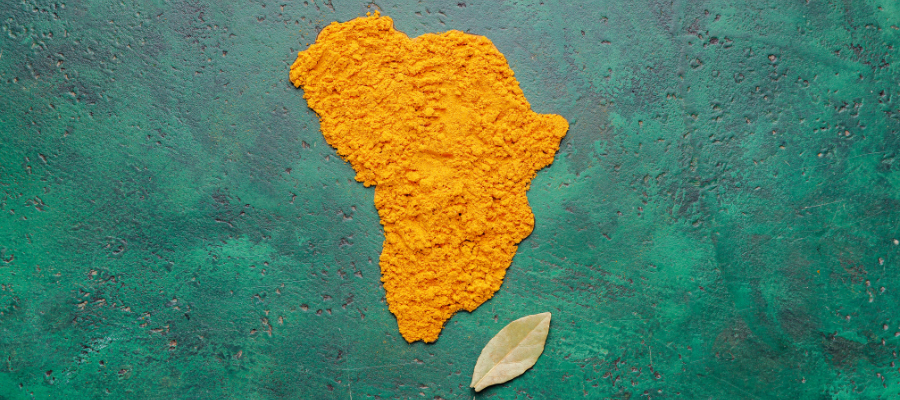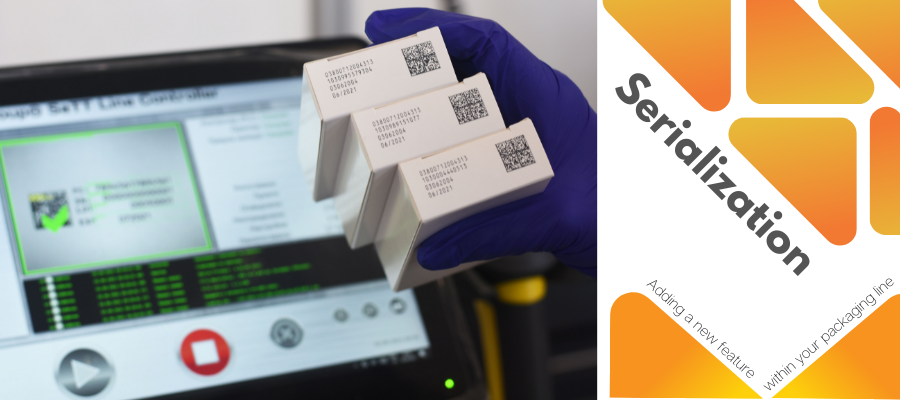
Table of Contents
Countries in the region of Sub-Saharan Africa are working on the alignment of GS1 standards, aiming to enhance the pharma traceability.
This is the first article of the forthcoming series about the Track and Trace Compliance landscape in Africa. A while ago, Africa’s countries started their journey towards a transparent and secure pharma supply chain. Harmonizing the regulatory requirements appears challenging, but governments are constantly taking steps toward 360-degree visibility. Because the Sub-Saharan countries are in different stages of implementation, we follow their journeys and sift the essential milestones – here is a close look at the track and trace landscape >>
Ghana
In the last years, Ghana marked significant progress in improving the healthcare system. In December 2022, Ghana Pharmaceutical Traceability Strategy (PTS) was issued. The document contains the vision, strategy, and roadmap for implementing pharma traceability in Ghana, adapting the global standards for product identification. In the development of PTS was conducted a multi-stakeholder consultative process. Ghana Food and Drug Authority is the main regulatory body responsible for PTS implementation. The document placed the following measures: establishment of a centralized database system for real-time monitoring of the pharma products, use of barcoding technology, and raising awareness among the pharma supply chain participants about the benefits of track and trace technology.
Nigeria
Nigeria is the following proactive country that stands out with dedication and straightforward actions toward traceability establishment. The Federal Government of Nigeria, through the Federal Ministry of Health, FMOH, already published the National Pharmaceutical Traceability Strategy in 2020. The document clarifies the traceability vision and strategic initiatives in front of the country.
In May 2022, the country National Agency for Food and Drug Administration and Control (NAFDAC) published a draft of their medicines master data guidelines for public comment. The whole track and trace system is expected to be implemented at the end of 2024.
Ethiopia
The country developed a Health Sector Transformation Plan addressing the traceability system implementation in it. The plan is divided into three phases: 1) Medicines must be uniquely identified, barcodes available on the labels, and associated master data shared; 2) Implementation batch traceability; 3) Serialization. Ethiopia is in the process of GS1 standards adoption as a part of the journey toward a transparent pharma supply chain.
Rwanda
The African country has taken significant steps toward an effective pharma supply chain and efficient Track and Trace mechanism. Rwanda is one of the most progressively moving towards a better and more effective pharma supply chain. In 2018, the country established the Food and Drugs Authority (FDA), striving to enhance a robust regulatory system and public health protection. The authority structured a strategic plan (2021-2024) that lays out objectives, strategies, and targets. Regarding traceability implementation, in 2022, the Ministry of Health of Rwanda published guidelines for identifying and labelling pharmaceutical products. The issued guidelines marked the deadlines to 1) master data reporting for 2024 and 2) barcoding, serialization, and aggregation to 2025 and beyond.
More information >> [Blog] Rwanda is strengthening an effective pharma regulatory mechanism for public health protection
In the upcoming article, we will pay attention to the traceability implementation in the countries – South Africa, Botswana and Zambia – stay tuned!
Sources:





